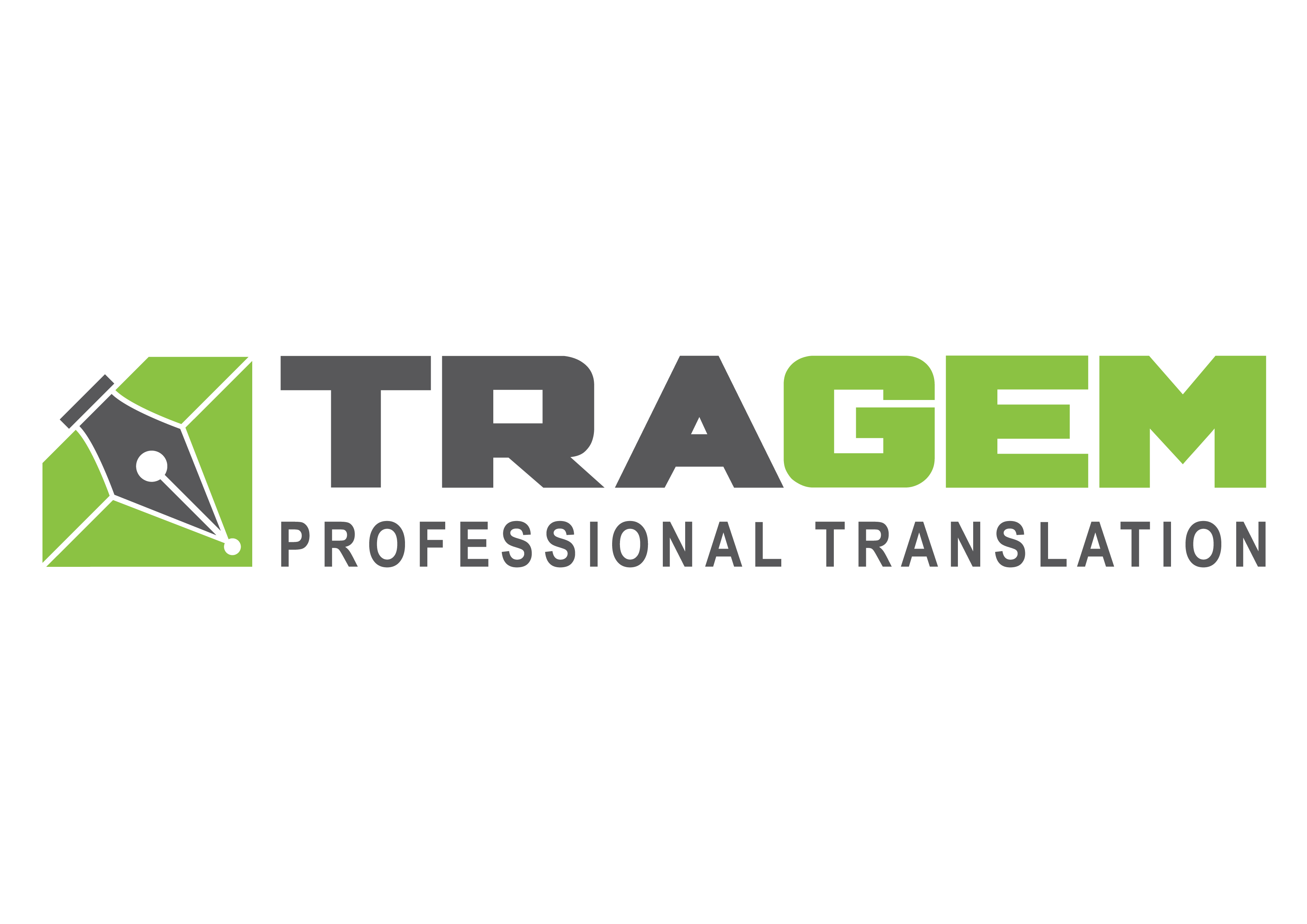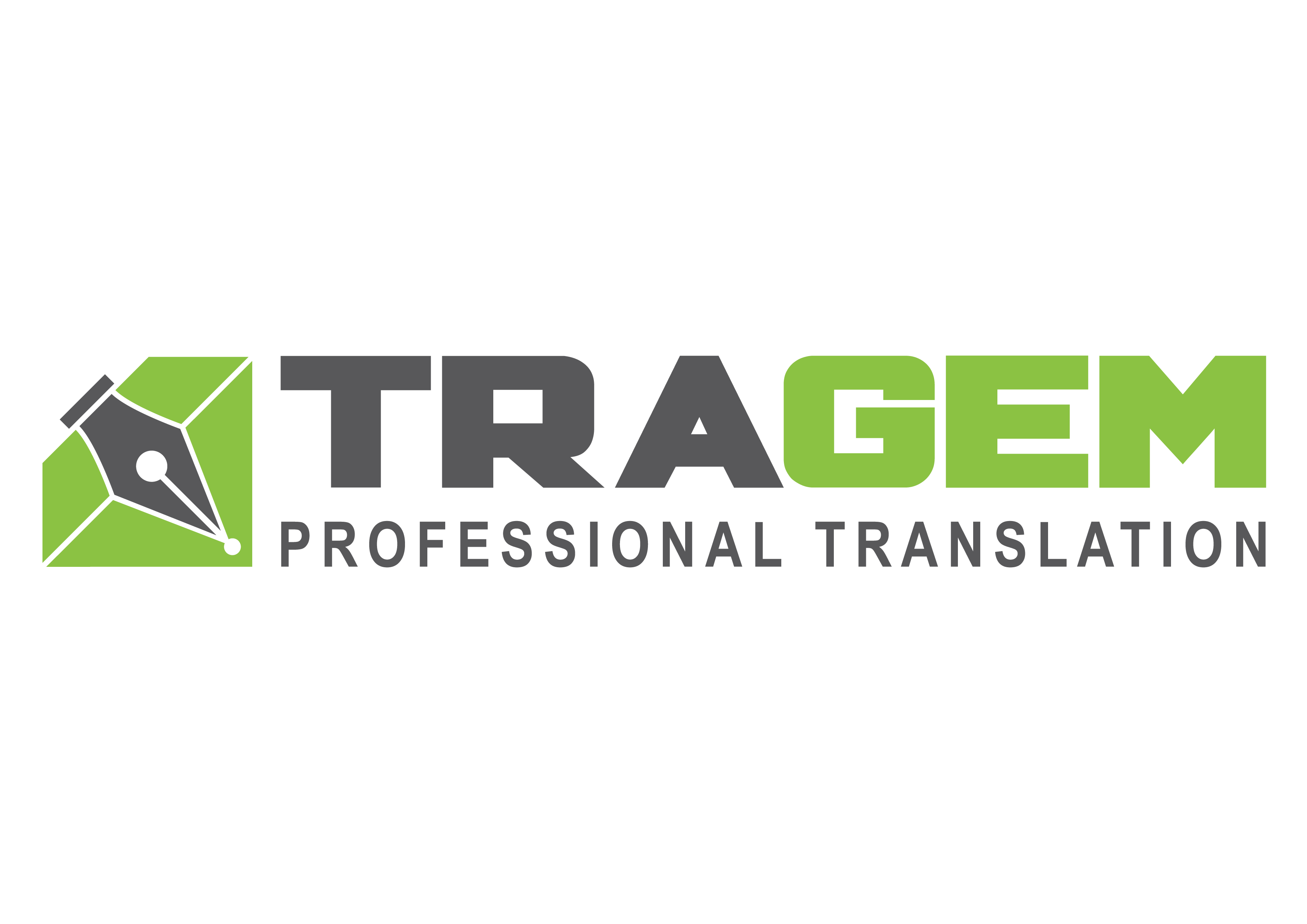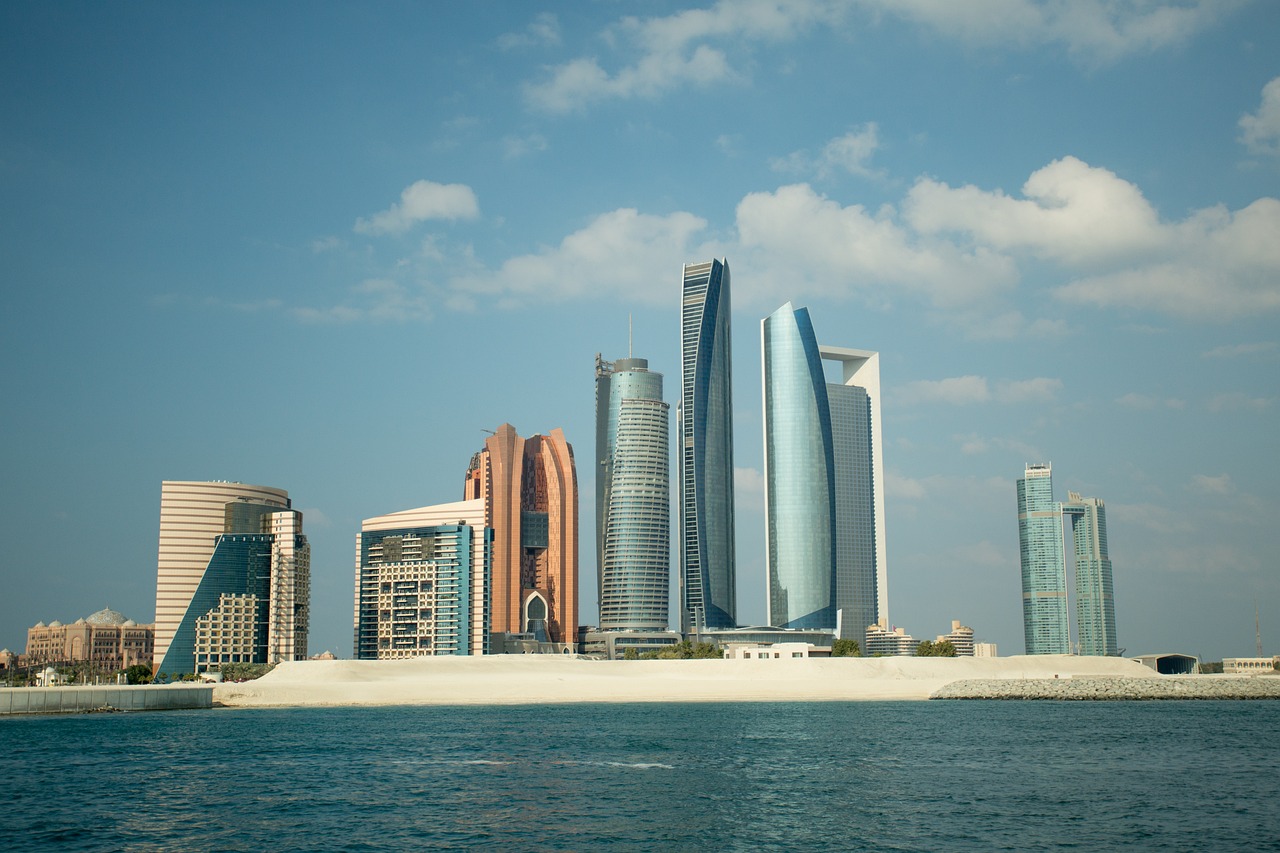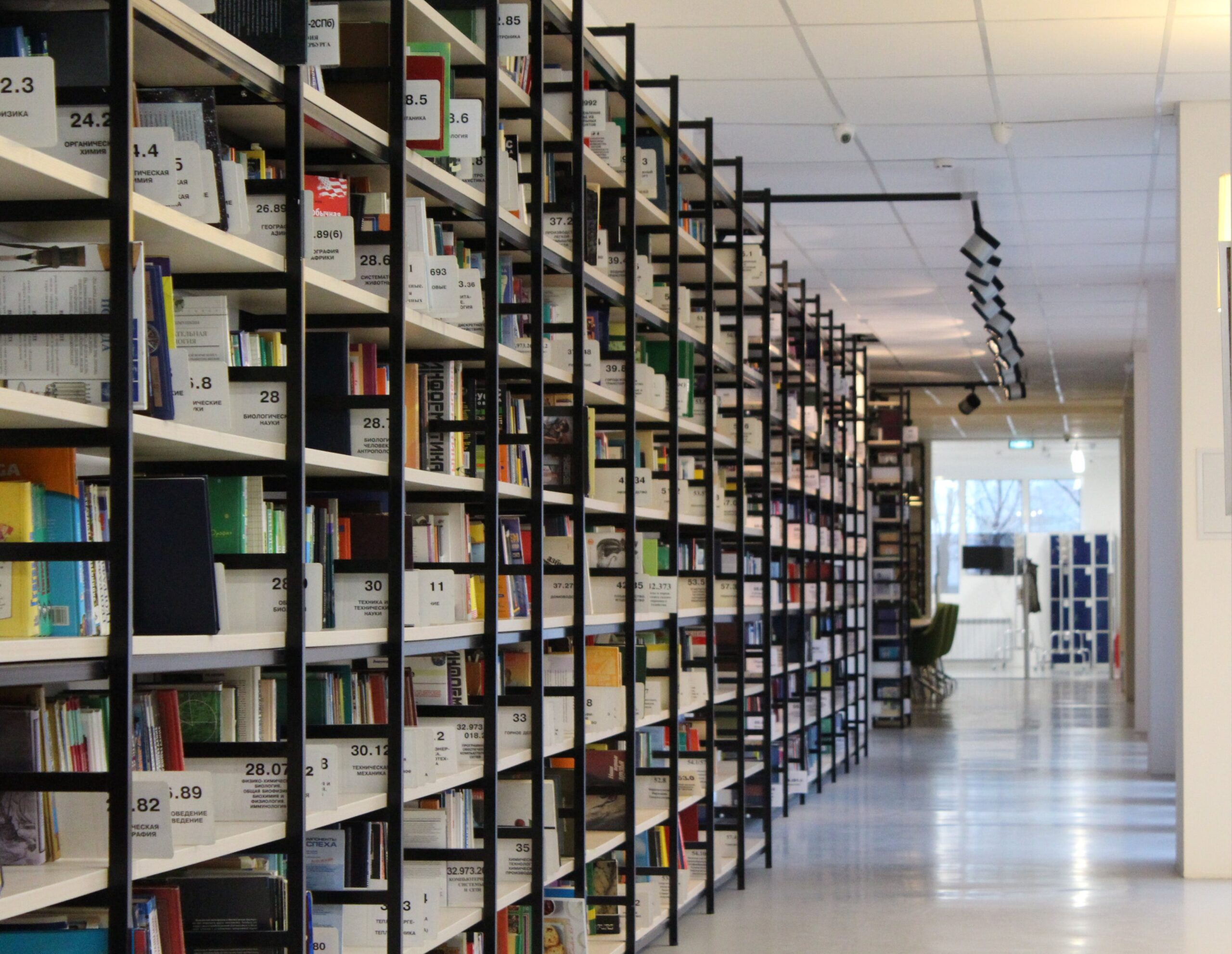Overcoming Hurdles
Navigating Arabic Localization Challenges with Cultural Sensitivity
Localizing content into Arabic presents a unique set of challenges and opportunities for businesses seeking to engage with audiences in the Arab-speaking world. From navigating cultural nuances to addressing dialectical variations, effective Arabic localization requires a deep understanding of the language and its diverse cultural landscape. In this article, we explore the specific challenges faced in Arabic localization and outline best practices to overcome them while ensuring cultural authenticity and resonance.
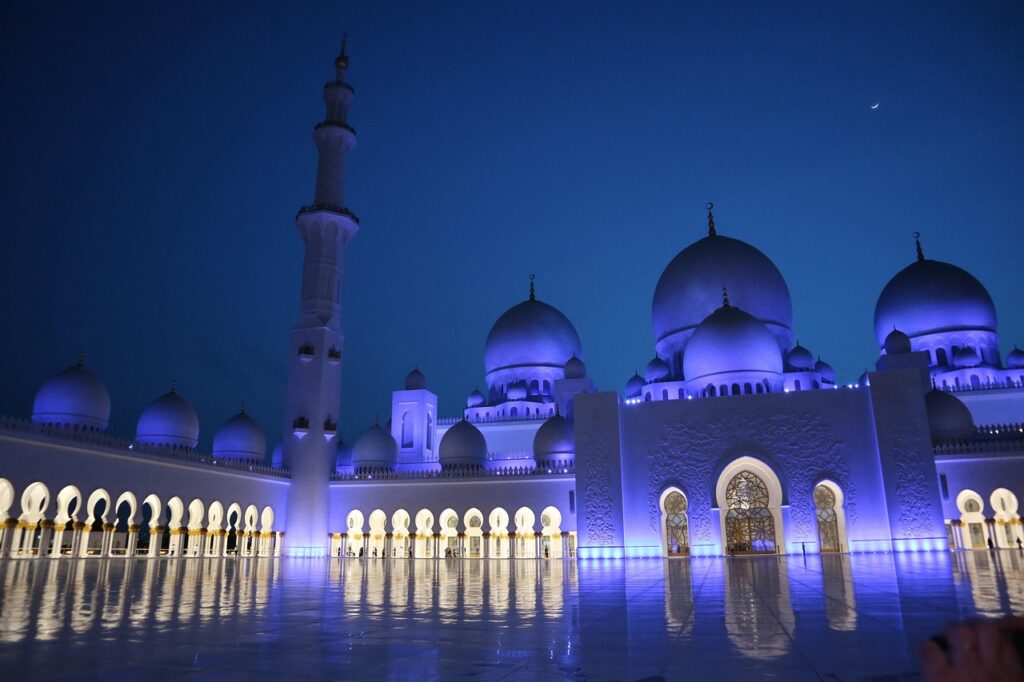
Challenges in Arabic Localization
One of the primary challenges in Arabic localization stems from the language’s rich cultural heritage and diverse dialects. Arabic is spoken across a wide geographic area, encompassing multiple countries with distinct linguistic variations and cultural traditions. This diversity poses a significant hurdle for businesses aiming to deliver localized content that resonates with diverse Arab audiences. Additionally, the complex nature of the Arabic script and its right-to-left reading direction present technical challenges in typesetting and digital content rendering.
Navigating Cultural Nuances
Effective Arabic localization goes beyond mere translation; it requires a nuanced understanding of Arab culture, traditions, and societal norms. Businesses must carefully navigate cultural sensitivities to ensure that their content is perceived as authentic and respectful by Arabic-speaking audiences. This entails adapting content to align with cultural preferences, avoiding language or imagery that may be deemed offensive, and incorporating localized references and idiomatic expressions to enhance relevance and engagement.
Addressing Dialectical Variations
Arabic is characterized by a myriad of dialects spoken across different regions, each with its own unique vocabulary, pronunciation, and grammar. When localizing content into Arabic, businesses must carefully consider regional dialectical variations to ensure comprehension and accessibility for their target audience. This may involve conducting dialectical research, prioritizing Standard Arabic for formal communication, and tailoring content to resonate with specific regional audiences.
Best Practices in Arabic Localization
To overcome the challenges associated with Arabic localization, businesses can implement several best practices to enhance effectiveness and efficiency. Investing in professional localization services with native Arabic speakers and cultural experts can ensure accuracy and cultural authenticity in translated content. Leveraging technology, such as translation memory tools and machine translation engines trained on Arabic data, can streamline the localization process and improve consistency across content.
Conclusion
Arabic localization presents a myriad of challenges, from cultural nuances to dialectical variations, that require careful consideration and strategic approaches. By embracing cultural sensitivity, prioritizing linguistic accuracy, and leveraging technology, businesses can overcome these hurdles and deliver localized content that resonates with Arabic-speaking audiences. Ultimately, successful Arabic localization hinges on a deep understanding of the language, culture, and diverse identities that shape the Arab world.
